Did you know that some common animals are actually extremely dangerous? For example, the number one animal in this article causes more than 700,000 deaths every year, and it is all around us. Which animals are the most dangerous? Let’s find out together!
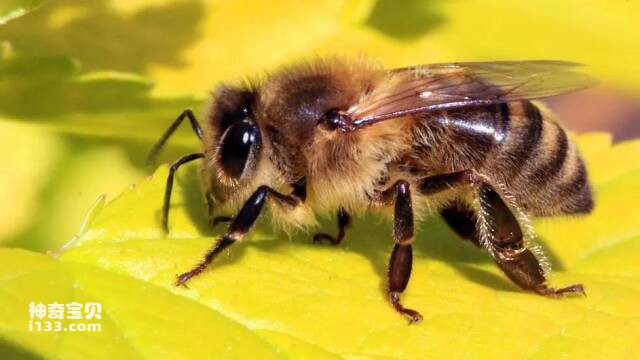
15. Bee
Number of deaths per year: about 100
Where to find it: around the world
Distinguishing features: Black and yellow striped body with venomous spines on the front
We often get nervous when we see or hear bees buzzing around us. Instead of slapping it, let it go away on its own. Bees kill about 100 people every year, and the number of deaths from bee stings is rising every year in the United States.
Death is usually due to an allergic reaction to a bee sting. According to the CDC, about 80% of people who die from bee, wasp or hornet stings are men.
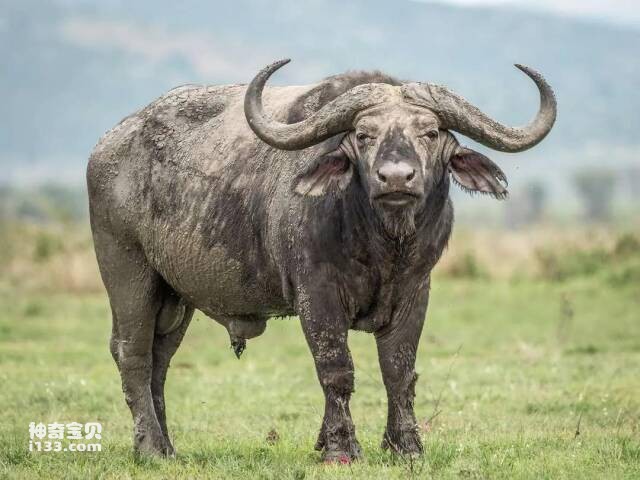
14. African Cape Buffalo
Deaths per year: 200
Place of Appearance: Africa
Distinguishing Features: Long, thick horns
The African Cape buffalo's horns may look like an 18th-century British wig, but that's exactly what makes them so dangerous. Due to their luxurious horns and being a member of Africa's Big Five, they are easy targets for hunters.
Cape buffalo are known as the "Black Death" because they are aggressive animals when injured. When hunted, the herd turns into a mob and charges at speeds of up to 60 kilometers per hour.
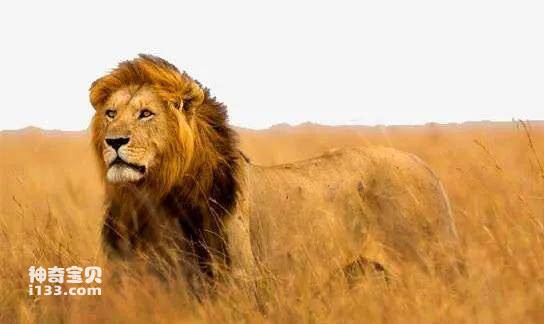
13. Lion
Number of deaths per year: about 250
Where to find it: Africa and India
Distinguishing features: sharp teeth and thick hair
The king of the jungle is a lazy predator, but they are responsible for around 250 deaths every year. Lions sleep about 20 hours a day, but if a human encounters a lion, it's game over. The worst thing you can do is run or pass out.
Lions' greatest weapons are their speed, sharp teeth, and pack power. FYI, never turn your back to a lion or they will pounce.
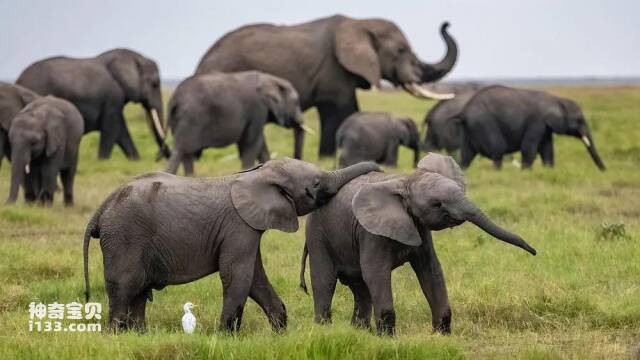
12. Elephant
Deaths per year: 500
Where to find it: Africa and Asia
Distinguishing features: Long torso, large floppy ears, 10 feet tall
Like most animals, Elephants-Are-Endangered.html">elephants will attack when provoked. They're usually gentle giants and very cute while enjoying green leaves and bananas, but there's always a catch - just don't disturb them while they're eating!
While Elephants-Are-Endangered.html">elephants kill about 500 people each year, about 100 Elephants-Are-Endangered.html">elephants are killed by poachers every day.
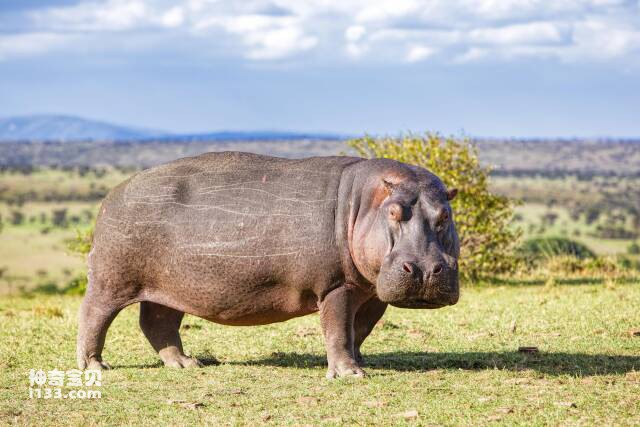
11. Hippopotamus
Deaths per year: 500
Place of Appearance: Africa
Distinctive features: In addition to the large barrel body, it also has a large mouth with large teeth and tusks.
Hippos are extremely aggressive and territorial animals. If threatened on land, hippos can outpace humans and kill them.
They spend about 16 hours a day in the water, only leaving the surface to eat. Hippos consume about 80 pounds of grass every day and weigh about 1.2-1.8 tons!
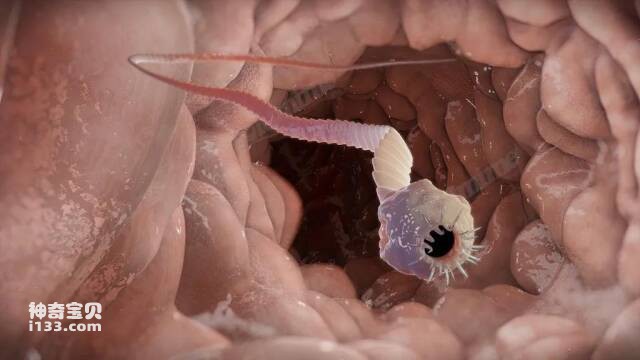
10. Tapeworm
Deaths per year: 700
Where to find it: around the world
Distinguishing features: If ingested, you won't be able to see it, but the parasite is flat like a ribbon and can grow to about 1 meter long.
This small but powerful parasite is one of the deadliest animals in the world because it spreads an infection called cysticercosis, or taeniasis. Humans become infected with tapeworms by eating raw or undercooked beef or pork.
Tapeworms are a silent killer as symptoms are often mild or non-existent. Eventually, the parasite can cause organ dysfunction, seizures, nervous system damage, and digestive blocks.
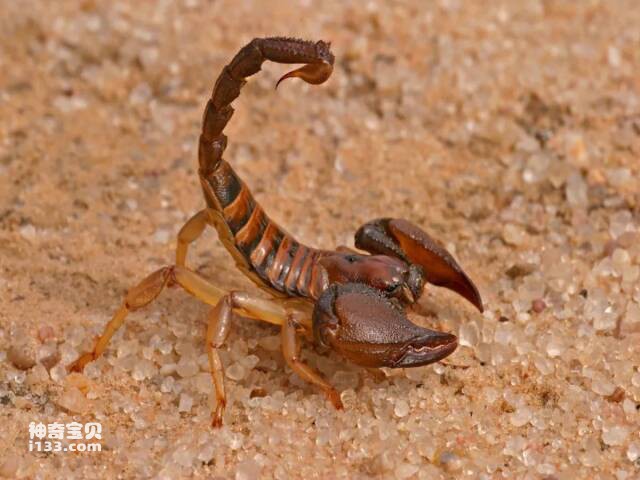
9. Scorpion
Number of deaths per year: 10 to 1,000
Where to find it: around the world
Distinguishing features: Two pincers and a long tail curled around the body
You don't need to tell me to be afraid of scorpions. The thought of their curly tails and pincers makes them dangerous. scorpions.html">Scorpions are technically arachnids and, like spiders, have eight legs and two central body regions. There are approximately 30 to 40 species of scorpions that can kill people.
Scorpions usually live in deserts, but are also found in tropical rainforests and the Himalayas. While all scorpions are dangerous, it's the yellow deathstalker that you need to watch out for. This killer is the most poisonous scorpion and lives in the deserts of the Middle East.
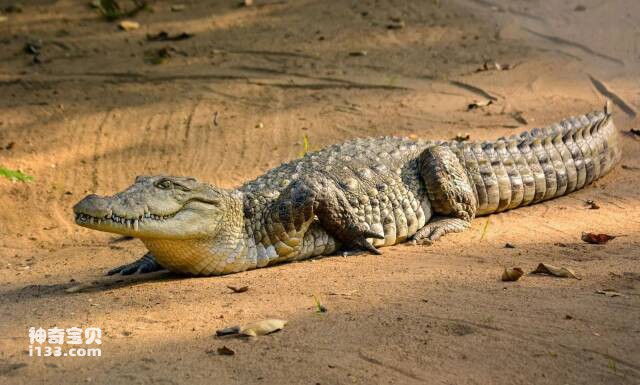
8. Crocodile
Deaths per year: 1,000
Where to find: Australia, Asia, Africa and the Americas
Distinctive features: long body, thick scales, huge bite force
Crocodiles look as vicious as they come. These dinosaur-like reptiles are the eighth most deadly animal in the world, killing around 1,000 people every year. Of the 27 species of crocodiles, seven are extremely dangerous to humans.
Crocodiles, often confused with alligators, are native to tropical areas of Australia, Africa, Asia and the Americas, but most human deaths occur in remote areas of Africa. The Nile crocodile is the most dangerous crocodile, responsible for more than 300 fatal attacks every year.
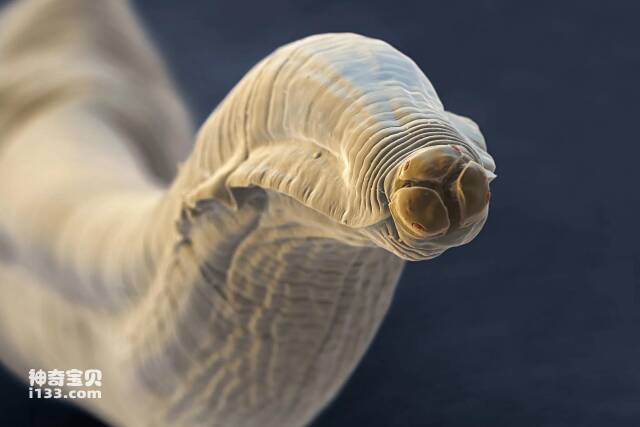
7. Roundworm
Deaths per year: 2,500
Where to find it: Worldwide, especially in warm and humid climates
Distinguishing Features: Looks like a noodle and is about 12 inches long
Roundworms are parasites that cause infections in the small intestine. Humans can become infected with roundworms by ingesting infective eggs. Infection occurs when you put contaminated hands into your mouth or eat raw produce that has not been washed, cooked, or peeled.
Therefore, food must be washed or cooked thoroughly before eating. Deaths caused by roundworms are more common in areas with ineffective sewage treatment systems.
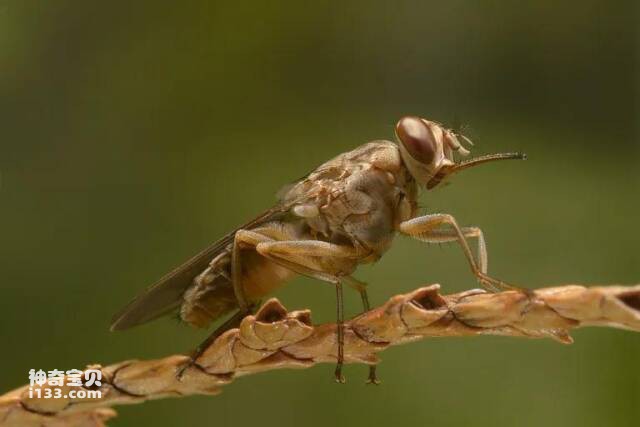
6. Tsetse flies
Deaths per year: 10,000
Where to find it: Rural areas in Africa
Distinctive features: Typical fly features, yellowish brown
A tsetse fly bite is, simply put, unpleasant. Flies can pierce people's skin and spread a disease called African trypanosomiasis (or sleeping sickness).
Symptoms begin with fever and headache and continue until the infected person becomes increasingly tired and eventually dies.
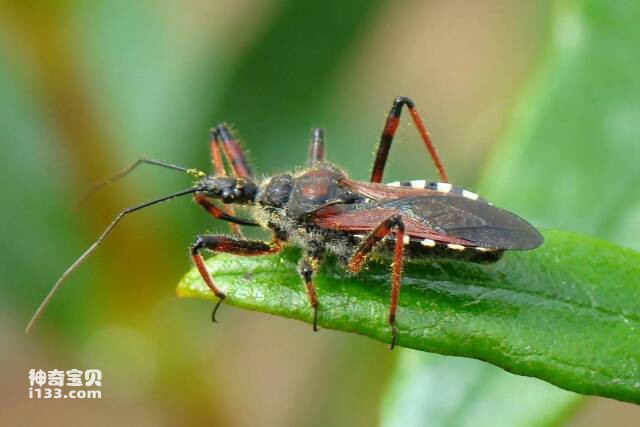
5. Assassin bug
Number of deaths per year: approximately 10,000 to 12,000
Where to find: North America, South America, Europe, Asia and Africa
Distinguishing Features: Flat body with red and orange markings
As the name suggests, assassin bugs kill people. It bites your skin, sucks your blood, and spreads a disease called Chagas' disease, which causes infection and inflammation of body tissue.
Assassin bugs are also ruthless towards other insects. After sucking its prey dry, the bug attaches the entire carcass to its back and moves around using it as a protective shield. That's some sinister stuff!

4. Freshwater snail
Number of deaths per year: 10,000 to 20,000
Where to find: Africa, Asia and South America
Distinctive featuresSymptoms: The body is small and the shell is pink.
There is no way to die from a snail. While snails are unlikely to injure people directly, they can spread schistosomiasis, a disease that infects the urinary tract and intestines.
The disease is spread through contact with fresh water contaminated by parasites released by freshwater snails. This is most common in more backward areas, where people use unclean water in their daily lives.

3. Dog
Number of deaths per year: approximately 25,000 to 30,000
Where to find it: around the world
Distinguishing Features: Dogs with rabies often foam at the mouth.
The World Health Organization reports that of all cases of rabies transmitted to humans, any mammal can carry it, but dogs account for 99 percent. Vaccines can prevent rabies, but most deaths occur in rural areas of Asia, Africa or South America, where vaccines are not always available.
Rabies is a zoonotic viral disease that kills tens of thousands of people every year. According to the World Health Organization, annual rabies-related costs are estimated at $8.6 billion, and 40% of people affected by rabid animals are children under the age of 15.

2. Snake
Number of deaths per year: 25,000 to 100,000
Where to find it: around the world
Distinguishing Characteristics: Each species has different characteristics that mark them as venomous, such as color pattern, head shape, rattle, and pupil shape.
People either love snakes or hate them, and rarely in between. Snakes kill approximately 100,000 people each year, and they attack in a variety of ways. According to the World Health Organization (WHO), 600 out of 3,000 species of snakes are venomous.
Some of the most dangerous snakes live with people in areas where antivenin and medical services are limited (such as India). Other snakes, such as pythons or anacondas, simply squeeze and crush their prey to death. All a cobra has to do is spit its venom onto its prey. When it comes to snakes, saw-scaled vipers are considered the deadliest, responsible for the highest global snake bite mortality rate of any other species.
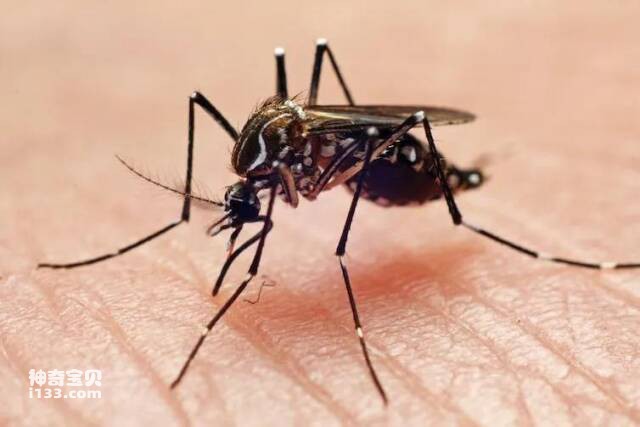
1. Mosquitoes
Number of deaths per year: 830,000 to 1 million
Where to find it: Any environment except extremely cold weather
Distinguishing Features: Small insect with long body, legs and antennae
After reading this article, you may want to soak yourself in insect repellent. Mosquitoes kill more than 830,000 people every year. Don’t deny it, mosquitoes not only leave itchy bites, but they are also carriers of diseases, including Zika, malaria, dengue fever, Japanese encephalitis, West Nile, and yellow fever—all of which are deadly.
But let’s lighten things up a bit! What's the best way to avoid mosquito bites? Use scented mosquito repellent, of course in our country this is almost never the case.
animal tags:
We created this article in conjunction with AI technology, then made sure it was fact-checked and edited by a Animals Top editor.